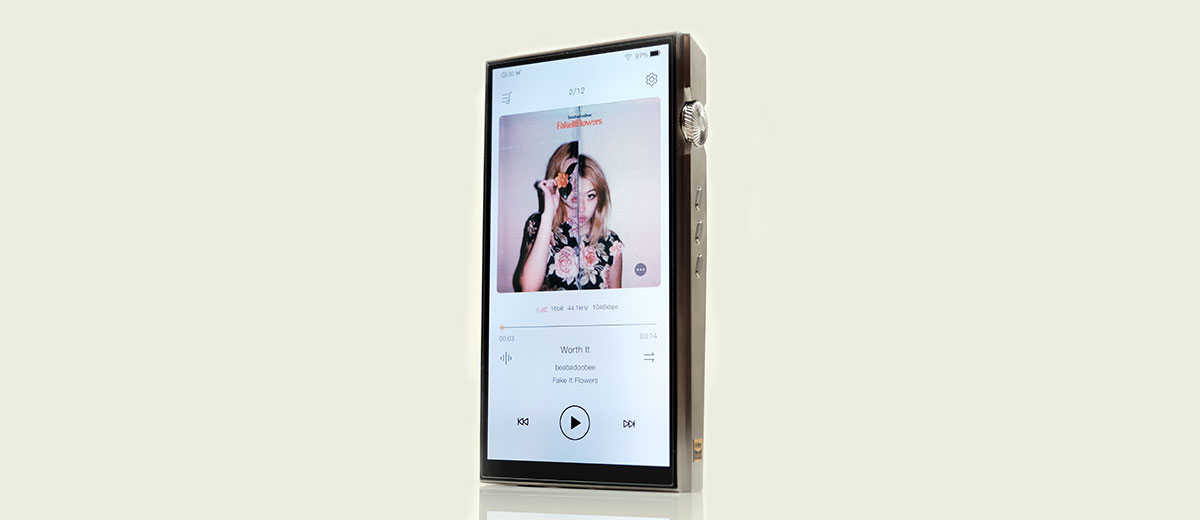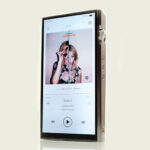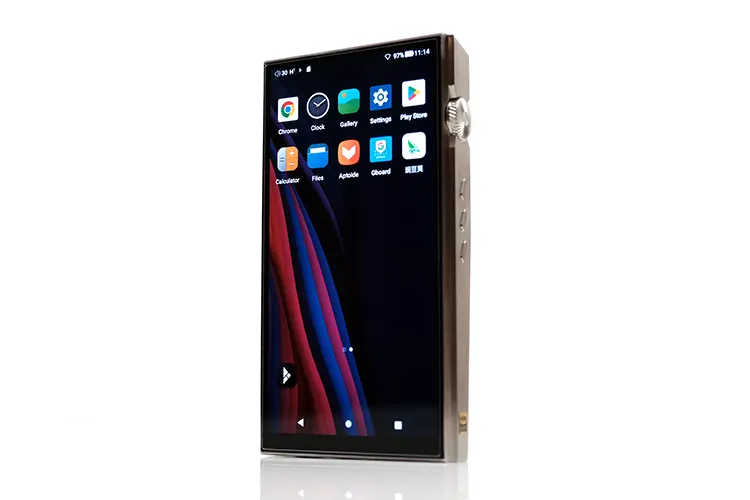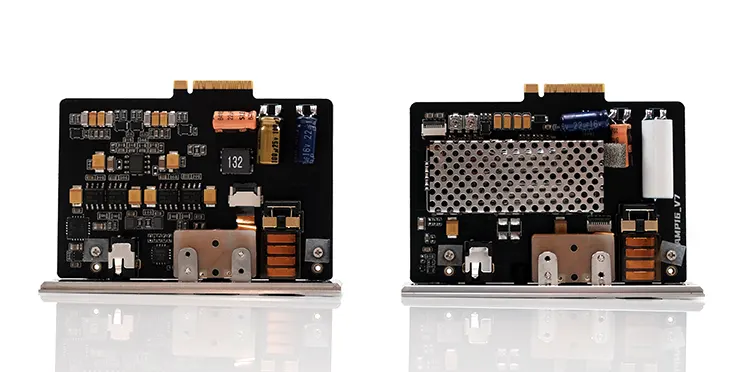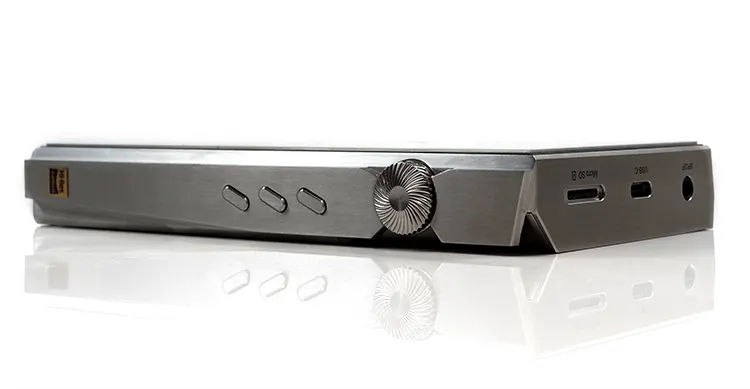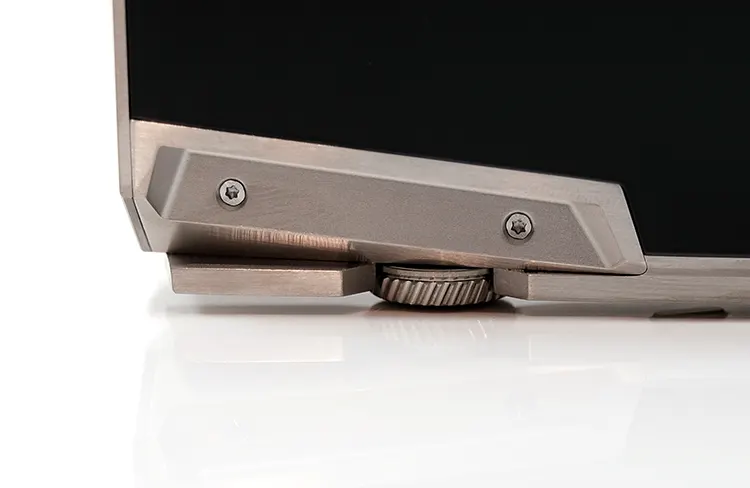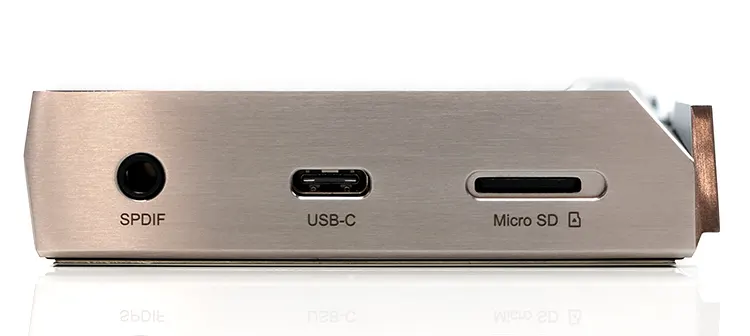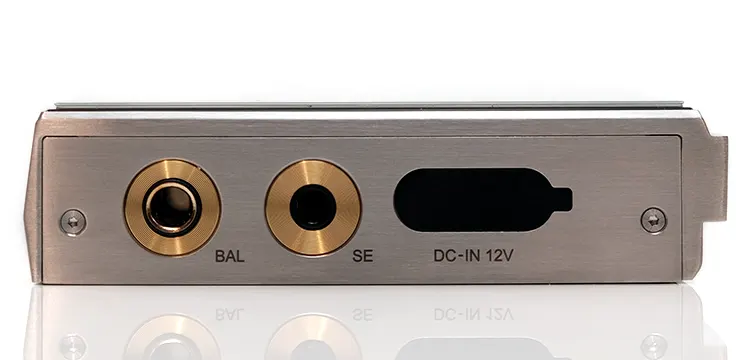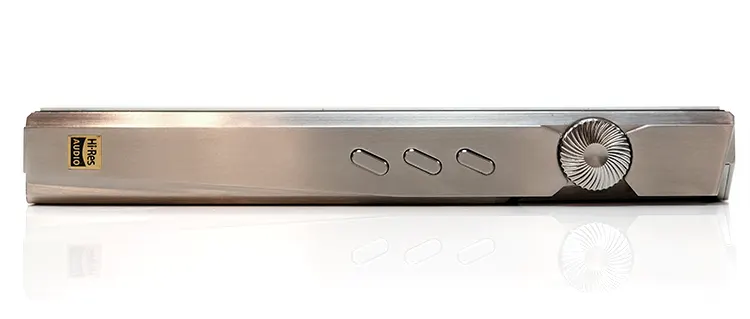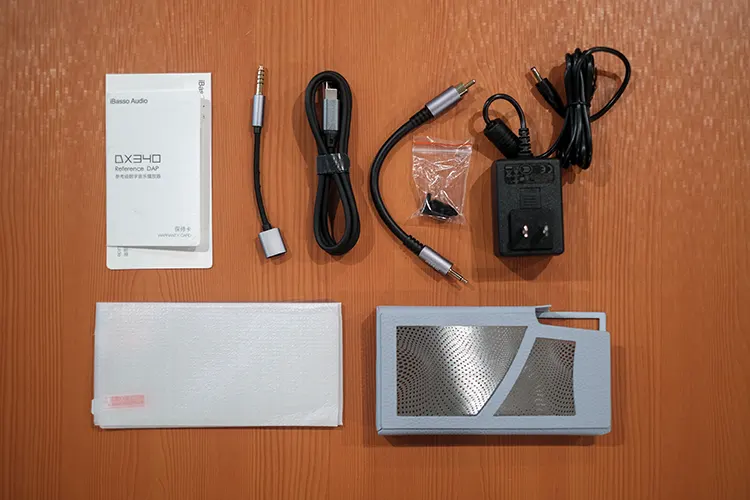Today, Marcus reviews the iBasso DX340, the latest Android 13 edition of the company’s popular high-end DAP and modular amp card system. It is priced at $1699.
Disclaimer: I received this sample in exchange for my honest opinion. Headfonics is an independent website with no affiliate links or status. I thank iBasso for this opportunity.
Click here to read more about iBasso products we have previously reviewed on Headfonics.
This article follows our current scoring guidelines, which you can read in more detail here.
The iBasso DX340 is the latest in a long line of modular digital audio player systems, dating back to the DX200, which was launched almost eight years ago.
Setting aside the Limited Edition Max series transportable DAPs such as the DX320 MAX Ti, the DX340 should be considered the company’s flagship media player.
It boasts an Android 13 platform, an updated design language consistent with aspects of the recent DX260 and DX180 offerings, and two new modular amp cards, the transistor-based AMP15 and the new dual tube AMP16.
The DX340 comes with AMP15 out of the box for a retail price of $1699 with AMP16 sold separately for a not unreasonable $219.
Given its price point and modular system, the DX340 has some worthy competitors in 2025. This includes the HiBy’s R8 II and the new Cayin N6iii, which has a similar modular approach for its amplification but also includes the DAC in each motherboard.
Features
Digital
The iBasso DX340 is an open Android 13 digital audio player, replacing the former flagship DX320. It is currently the only player in the company’s range to offer a modular amplification system.
The DX340 uses a discrete DAC design, which draws inspiration from a similar D16 Taipan implementation. Its digital signal management is handled by a Snapdragon 665 CPU, 8GB of RAM, and an upgraded FPGA-Master 3.0, featuring a new user-controllable harmonics adjustment system.
This includes algorithmic noise shaping to lower the DX340 noise floor and global clocking for jitter via 2 Accusilicon oscillators. Once complete, a PWM or pulse wave modulation signal is sent to the PMW DAC for decoding.
That means it uses a PWM or Pulse Wave Modulation configuration in FIR Mode. There are 128 precision resistors in 16 sets of 8E PWM cascades (4 sets per L+, L-, R+, and R- output).
The DX340 is capable of decoding up to 32bit/768kHz PCM and native DSD512 via USB with a Bluetooth 5.0 chipset providing up to LDAC transmission should you choose to pair the device with a set of wireless headphones or TWS.
Because the DX340’s open Android 13 OS is equipped with system-level “Non-SRC,” you get bitperfect decoding with almost any audio-based app you install.
Analog
The DX340 comes with a new stock modular amplification card called AMP15, with the recently released AMP16 an additional purchase. Since the DX340 has an updated design language, the new AMP cards will reflect that with an updated bracket.
I am told iBasso will soon release adaptor brackets for older compatible cards from the AMP1X series, such as AMP12, which is a welcome bonus for those wanting to retain their investment in older models.
AMP15 is a balanced amplification design using 8 pieces of TI BUF634 opamps to deliver up to 1200mW balanced and 312mW single-ended on a 32Ω load using the DX340’s dedicated amplification battery power supply.
However, AMP15 has an ace up its sleeve with an additional DC12V input socket. When connected (DC plug included in accessories), it will increase the voltage headroom from 8V to 12V, giving you a maximum output power rating of 2150mW balanced and 550mW single-ended on a 32Ω load.
AMP16 is probably the headline stealer as it is a balanced-engineered hybrid tube and transistor amplification. It consists of a dual Raytheon JAN6418 tube with a 22.5V anode power supply on the tube side, 4 TI dual opamps, and 4 BUF634A on the transistor side.
The hybrid setup also means the user can choose between two modes via the DX340’s GUI, Tube and Class AB mode (transistor).
Each mode will deliver a different output power level, with Tube mode capable of up to 660mW balanced on a 32Ω load from the DX340’s battery. Class AB mode will provide up to 1W on the same load and battery.
Like AMP15, AMP16 has the same DC12V input, which will enhance the voltage performance and output headroom from 1W to 2W in Class AB mode and up to 1.5W in Tube mode.
Design
The DX340 has less of a smartphone aesthetic than the DX320, with a level of engineering and 316 Stainless steel materials that are more elegant and premium looking.
iBasso has switched to a slightly shorter but higher quality 6″ 1080*2160 AMOLED screen compared to the DX320’s 6.5″ capacitive 60Hz IPS screen, which is one contributing factor to its reduced smartphone vibe.
The design language is very consistent with the DX260 and, to some extent, the entry-level DX180, with some elegant machining on the side panels and a much-improved volume wheel system compared to the older DX320 dial, which I felt clashed with the otherwise smooth design.
The second big difference is the weight and thickness of the DX340. This is a chunkier device and far heavier than the older DX320, weighing in at 463g compared to 310g.
You can feel the difference in handling with the DX340’s sharper cornering, which is where the older DX320’s smoother rounded curves have an advantage.
Mind you, most people will put the DX340 into its included carrying case, so how relevant those edges are for handling is debatable.
User Replaceable Battery
The DX340’s back cover is no less elegant, mirroring the slightly angular accented finish of the DX260 near the volume dial with stainless steel and completed with a matte gunmetal color over the rest of the plate.
However, eagle-eyed readers will notice the twin screw design which, when removed, allows you to remove the back cover to access the battery pack in case you need to replace them at some point.
Like the DX320, the DX340 has a split power supply system with a dedicated 2100mAh li-poly battery for amplification and a larger 4000mAh rated battery for the digital side, which includes the DAC and software.
iBasso quotes a benchmark rating of up to 11 hours of battery life and a 2.5-hour charge cycle from 0%, which is ok but nothing spectacular and will vary depending on how you use the player.
I would say 11 hours is the most you can expect from the DX340 using AMP15. My real-world numbers are around 8 hours of playback time on a low gain, low load local hi-res file playback setting.
If you choose the 80% battery saver option in the DX340 main settings, it could shorten the battery life a little more but should improve the overall battery health.
The DC12V option is a game-changer for the DX340. Not only does it increase voltage headroom and output power, but it also bypasses the battery, meaning you can run it as long as you like without worrying about running out of battery life.
I/O
The digital I/O is all located on the top panel and is fixed, meaning the choice of amplification card will not affect the functionality of these ports.
The only real change from the DX320 is the switching of the microSD port from the side panel to the top and relabeling the 768kHz-capable coaxial output port to SPDIF, consistent with the DX260 digital I/O nomenclature and panel arrangement.
The USB-C port will double for OTG and USB-DAC duties and provides a single charging point for the dual battery architecture. When plugged in, both battery icons light up on the main screen, indicating % levels.
The analog I/O is amp-specific, with AMP15 and AMP16 offering 3.5mm and 4.4mm PO outputs, but only AMP15 offers lineout capability at 1Vrms SE and 2Vrms balanced. AMP16 only offers headphone output capability (PO).
The black elongated rubber plug in the image above (and on AMP16) is the DC port protector. You will need a small, thin tool to pry that off since it has no detectable lip to easily remove with your fingers.
On either side of each AMP card face panel are the traditional tiny screws keeping the cards locked in place. I think iBasso might have missed a step there wondering how Cayin did away with screwdrivers and screws with their new quick-release latch system on the N6iii.
Controls
The control system is unchanged from the DX320 but draws heavily from the DX260’s design language.
iBasso has adjusted the orientation of the playback buttons to a more stylish angular display on the right panel and improved the multifunctional volume wheel’s depth and knurling design.
The right panel has also been extended outwards, creating a more effective guard for the wheel than the DX300 and DX320’s exposed dial. Combined with the durable stainless steel materials, they feel solid and grippy.
I do have two observations, and they are similar to my DX320 physical control button critique in that they occupy the same position where my hand naturally falls when holding the device. That can accidentally activate playback if you’re not careful.
The second is a lack of labeling, although this is a minor point. A triple playback control button system is almost universal in its application, though for first-time users, it might mean accessing the manual.
Packaging & Accessories
iBasso has used a split box package for the DX340 with a silver and blue design that is relatively similar to the DX320 retail ensemble. It is professional-looking, relatively simple to unpack, and offers decent protection for the contents.
Inside, you get plenty of screen protectors, although one is already pre-applied to the main screen, so you can pack those away as backups.
Accessories are consistent with the previous DX320 release, including a USB-C to USB-A charging cable, a data transfer cable, a dummy load burn-in cable, and an SPDIF to coaxial conversion short IC.
The one major change is the included DC12V plug with swappable pin configuration, which will likely change for your specific region (mine is US 2-pin).
In case you are wondering, my AMP16 sample came in a very stripped down white box and silver metal tin with some padding for the card, screwdriver and spare screws. It’s nothing to write home about.
The desaturated, cyan-colored leather carry case is new, stylish, and fits the DX340 like a glove. There are plenty of openings for the ports and just enough space to grip the volume wheel without the case blocking your fingers.
It is also tight on the stainless steel cassis with minimal travel over the playback buttons, so command responses are instant when pressing.
Click on page 2 below for my software impressions
Click on page 3 below for my sound impressions and recommended pairings.

